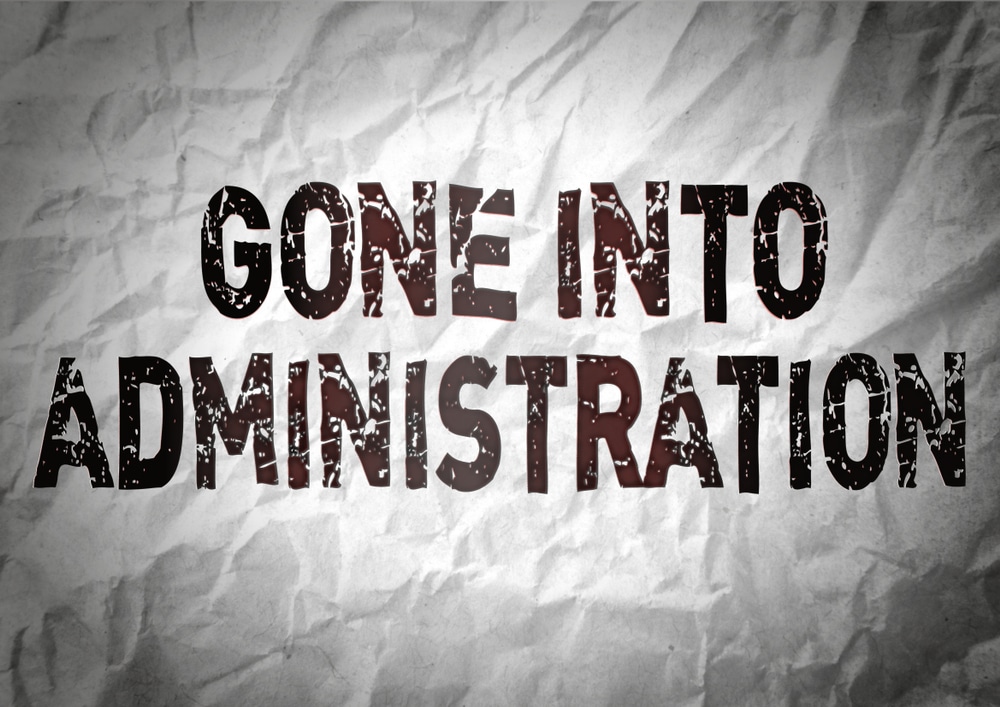Debunking Company Administration in the UK: Effects on Employees During Liquidation
Debunking Company Administration in the UK: Effects on Employees During Liquidation
Blog Article
The Refine and Repercussions of a Business Getting Into Administration
As a company faces financial distress, the choice to go into administration marks an important point that can have far-reaching implications for all entailed events. The procedure of going into administration is intricate, entailing a collection of steps that intend to browse the business towards possible healing or, sometimes, liquidation. Understanding the duties and duties of an administrator, the impact on numerous stakeholders, and the legal obligations that come right into play is vital in comprehending the gravity of this scenario. The repercussions of such a move surge beyond the firm itself, shaping its future trajectory and influencing the more comprehensive company landscape.
Overview of Business Management Process
In the realm of company restructuring, a vital first step is getting a comprehensive understanding of the complex firm administration process. Firm management refers to the formal bankruptcy treatment that aims to rescue a monetarily distressed business or attain a better result for the business's lenders than would certainly be possible in a liquidation scenario. This process includes the consultation of a manager, who takes control of the company from its directors to examine the economic situation and determine the most effective program of activity.
Throughout management, the firm is granted protection from lawsuit by its lenders, supplying a halt duration to create a restructuring strategy. The manager functions with the firm's management, creditors, and other stakeholders to develop a technique that may include offering the company as a going issue, reaching a company voluntary arrangement (CVA) with creditors, or ultimately placing the firm right into liquidation if rescue efforts verify useless. The main goal of business administration is to make best use of the go back to lenders while either returning the business to solvency or shutting it down in an orderly fashion.

Roles and Duties of Manager
Playing a critical role in looking after the business's financial events and decision-making processes, the administrator assumes substantial responsibilities throughout the business restructuring procedure. The main duty of the manager is to act in the best passions of the business's financial institutions, aiming to achieve the most favorable result possible - what happens when a company goes into administration. This includes performing a complete assessment of the business's economic situation, creating a restructuring strategy, and executing approaches to take full advantage of go back to creditors
Furthermore, the manager is responsible for communicating with numerous stakeholders, including workers, distributors, and regulatory bodies, to guarantee openness and conformity throughout the management process. They should additionally connect efficiently with shareholders, supplying normal updates on the company's progress and seeking their input when needed.
In addition, the manager plays an essential function in handling the daily procedures of business, making key decisions to maintain continuity and protect value. This includes examining the feasibility of various restructuring alternatives, bargaining with creditors, and ultimately guiding the company towards a successful exit from administration.
Effect On Company Stakeholders
Presuming a critical setting in looking after the company's decision-making procedures and financial affairs, the manager's activities during the business restructuring procedure have a straight impact on different firm stakeholders. Customers may experience interruptions in solutions or product accessibility throughout the management procedure, affecting their depend on and commitment in the direction of the company. Furthermore, the neighborhood where the firm runs could be affected by prospective work losses or adjustments in the company's operations, affecting local economic climates.
Lawful Effects and Obligations
Throughout the process of company management, cautious consideration of the legal effects and commitments is vital to guarantee compliance and shield the rate of interests of all stakeholders included. When a company gets in administration, it triggers a collection of legal requirements that have to be adhered to.
Additionally, lawful ramifications emerge worrying the treatment of staff members. The manager must adhere to employment regulations relating to redundancies, employee civil liberties, and responsibilities to provide essential information to staff member agents. Failing to adhere to these lawful demands can result in legal activity against the firm or its administrators.
Additionally, the firm getting in management might have contractual obligations with various events, consisting of suppliers, landlords, and customers. In essence, understanding and fulfilling legal commitments are crucial facets of browsing a business with the administration procedure. company administration uk.
Strategies for Firm Recuperation or Liquidation
In thinking look at this now about the future direction of a firm in management, strategic preparation for either healing or liquidation is important to chart a viable course ahead. When aiming for firm healing, key methods may consist of carrying out a comprehensive evaluation of business operations to determine inefficiencies, renegotiating agreements or leases to boost money circulation, and executing cost-cutting actions to improve profitability. In addition, seeking brand-new investment or financing alternatives, branching out earnings streams, and concentrating on core expertises can all contribute to an effective recuperation plan.

Verdict
To conclude, the procedure of a business getting in administration entails the visit of a manager, who tackles the responsibilities of taking care of the company's events. This procedure can have considerable effects for various stakeholders, consisting of shareholders, workers, and financial institutions. It is essential for business to meticulously consider their options and methods for either recouping from financial difficulties or waging liquidation in order to alleviate possible legal implications and responsibilities.
Business management refers to the official insolvency procedure that aims to rescue an economically troubled firm or attain a better result for the company's creditors than would be possible in a liquidation situation. The administrator this hyperlink functions with the business's monitoring, financial institutions, and various other stakeholders to design a strategy that may involve selling the business as a going issue, getting to a firm voluntary arrangement (CVA) with financial institutions, or ultimately putting the business right into liquidation if rescue efforts prove futile. The key goal of business management is to take full advantage of the return to financial institutions while either returning the business to solvency or closing it down in an orderly way.
Thinking a critical position in overseeing the firm's economic events and decision-making processes, the manager's actions during the company restructuring procedure have a direct impact on numerous business stakeholders.In final thought, the process of a firm getting in administration involves the consultation of a manager, who takes on the duties of taking care of the business's affairs.
Report this page